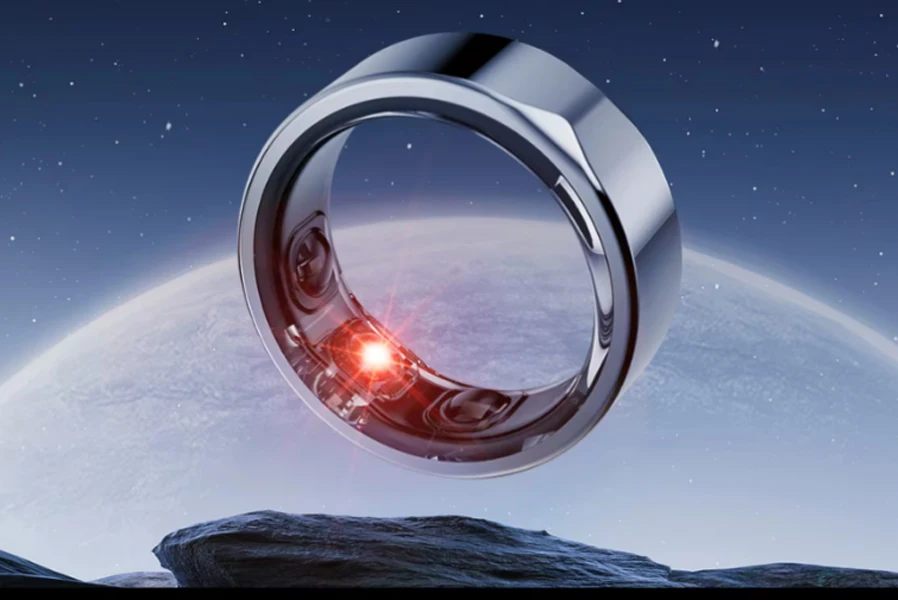Smart rings are poised to revolutionize the wearable technology landscape, offering a seamless blend of style and functionality. As the next wave of wearables, smart rings pack a host of features into a compact, fashionable accessory. With the ability to track health metrics, facilitate contactless payments, and enable smart home controls, smart rings are becoming indispensable tools for modern living.
What are Smart Rings?
Smart rings are wearable devices designed to be worn on the finger, integrating advanced technology into a small, ring-like form factor. They typically feature sensors that monitor various health metrics, such as heart rate, sleep patterns, and physical activity. In addition to health tracking, many smart rings support contactless payments, notifications, and even two-factor authentication, providing a versatile and discreet alternative to bulkier wearables like smartwatches.
Health and Fitness Tracking
One of the primary functions of smart rings is health and fitness tracking. Equipped with sensors, smart rings can monitor heart rate, blood oxygen levels, sleep quality, and daily activity. This data is often synced with a smartphone app, providing users with detailed insights into their health and wellness. The convenience of wearing a ring means users can track their health metrics 24/7 without the discomfort sometimes associated with wrist-worn devices. For fitness enthusiasts, smart rings offer a discreet way to monitor workouts and progress.
Contactless Payments and Security
Smart rings are also revolutionizing the way we make payments. With built-in NFC (Near Field Communication) technology, smart rings enable secure, contactless payments with a simple tap. This feature is particularly useful in today’s world, where hygiene and convenience are paramount. Additionally, smart rings can serve as a form of two-factor authentication, adding an extra layer of security to online accounts and smart home systems.
Smart Home Integration
Integration with smart home systems is another compelling feature of smart rings. Users can control various smart home devices, such as lights, thermostats, and locks, directly from their ring. This capability enhances the convenience of managing a connected home, making smart rings a valuable tool for tech-savvy individuals. The ability to interact with smart home devices without reaching for a smartphone or other controller underscores the practicality and innovation of smart rings.
Style and Customizability
Beyond their technical capabilities, smart rings are also designed with aesthetics in mind. Available in various styles, materials, and colors, smart rings can complement any wardrobe. This focus on style ensures that users do not have to compromise on fashion to enjoy the benefits of advanced technology. Many manufacturers offer customizable options, allowing users to choose the design that best suits their personal taste.
The Future of Smart Rings
As technology continues to evolve, the future of smart rings looks promising. Advances in battery life, sensor accuracy, and connectivity are expected to enhance the functionality and user experience of smart rings. Future iterations may include more advanced health monitoring capabilities, such as glucose monitoring for diabetics, making them even more indispensable for health management. Additionally, as more consumers adopt smart rings, the integration with other smart devices and platforms is likely to expand, creating a more interconnected and convenient digital ecosystem.
In conclusion, smart rings represent the next wave of wearables, offering a perfect blend of technology, style, and convenience. With their ability to track health metrics, facilitate contactless payments, and integrate with smart home systems, smart rings are set to become essential accessories for modern living. As the technology matures, we can expect smart rings to play an increasingly significant role in our daily lives, shaping the future of wearable technology.


